Below is my original plan from the earliest days of my tinkering with garden design on a semi-professional level -- oh what I've learned since!
I still have plenty of gaps, especially where our burgeoning vole population has had an autumn / winter snack, as is the case with any Liatris species. Last fall I added a lot of Heuchera richardsonii for May blooms and to add a clump of texture to areas that were becoming too grass dominated. I also added Eryngium yuccifolium for some height, replaced Liatris (I'm stubborn), and tossed in another Callirhoe involucrata groundcover since it looks stunning weaving among grasses and keeps blooming almost all summer long. I'll be adding some Geranium maculatum this fall for April bunches of color, and then it will naturally give way to the summer perennials.
What's next? I have a growing love / hate relationship with the "small" dogwood cultivars along the sidewalk. I coppice them every winter but it makes no difference as they easily put on 6ft of growth every season when I want them at the advertised 3-4' on the plant tag. They provide superb privacy and bird habitat, but they also make the front yard look too overgrown; in contrast their winter red twigs are just phenomenal in a sunset or snowfall. What resulted from the great Rudbeckia cull was a dearth of flowers in early and mid summer, so each fall I add forbs where there are gaps, and am constantly fighting an invasion of black medic which has overtaken the central lawn pathway. I want to remove and replace the lawn with fresh sod; and yes I left some lawn on purpose to tie into the neighborhood because it provides both a sense of connectivity and helps frame the wilder spaces.
That's my story.... what's yours?

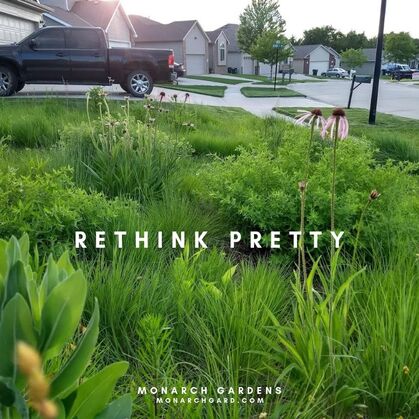
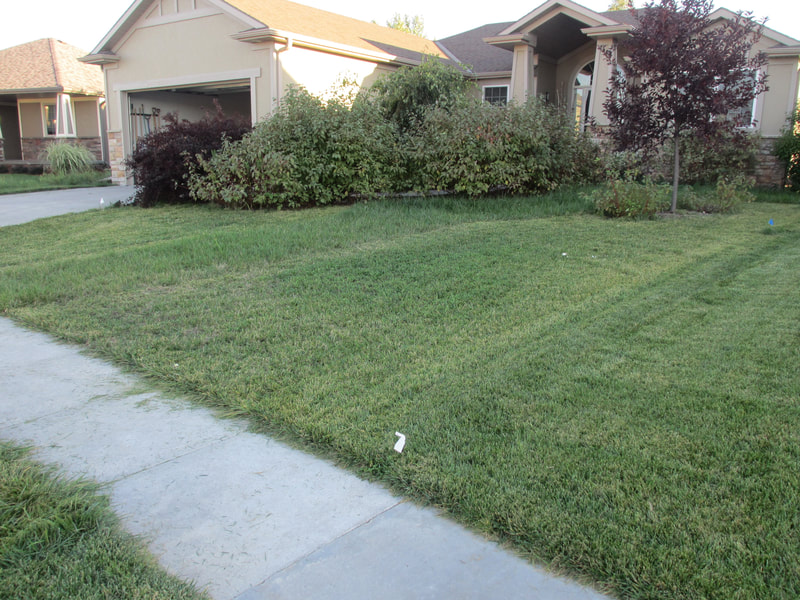
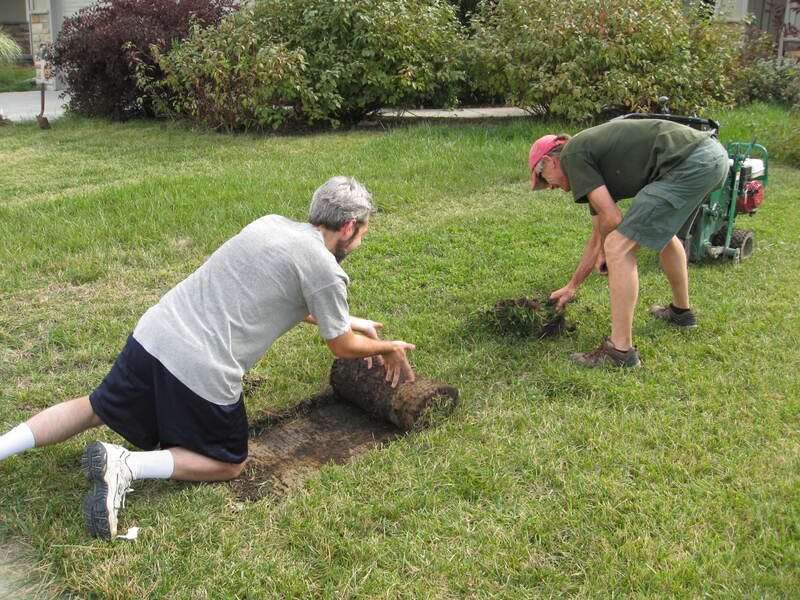
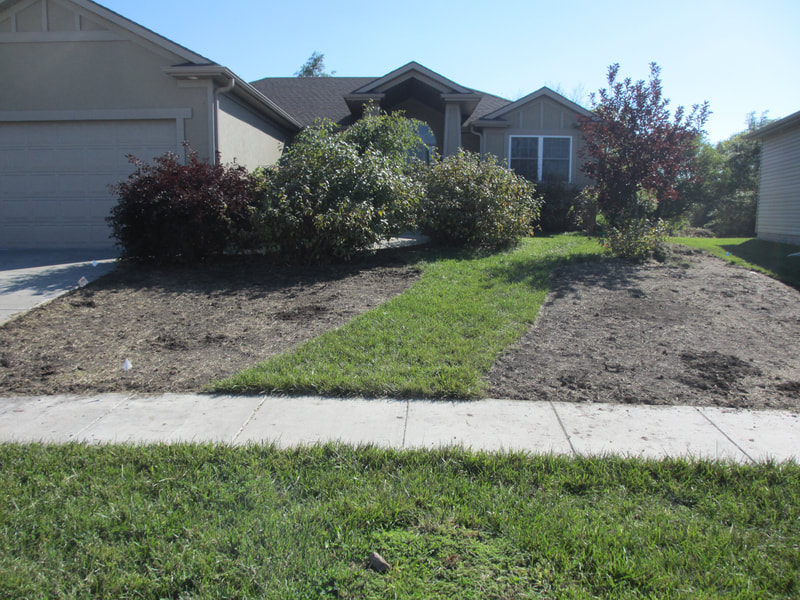
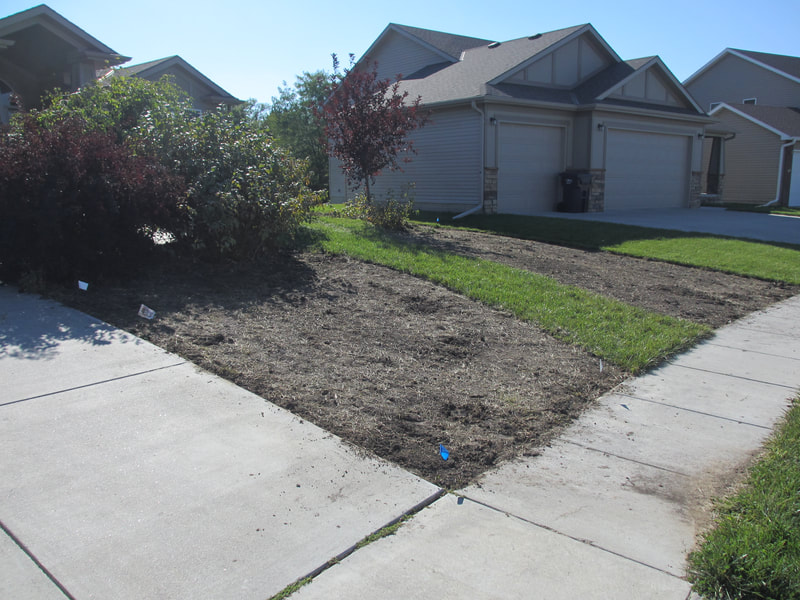
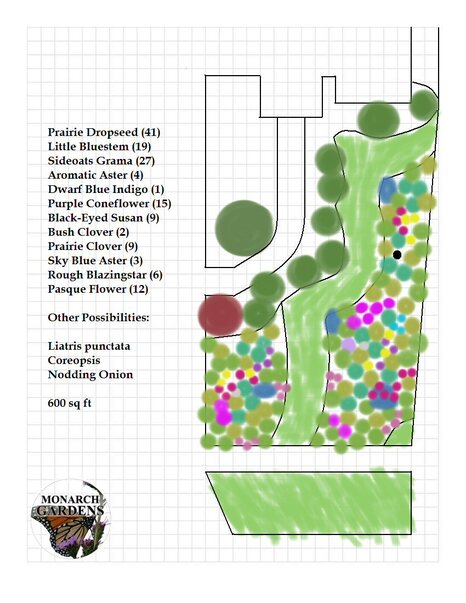
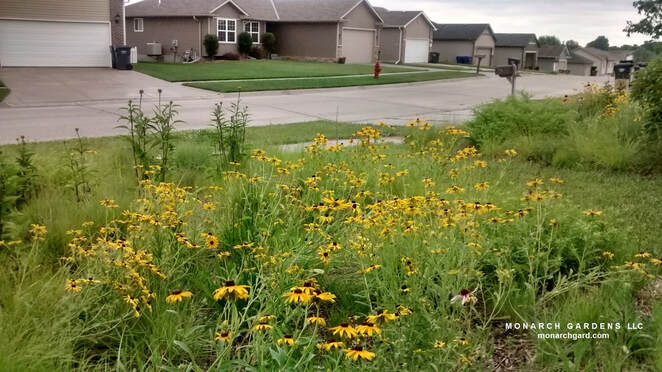
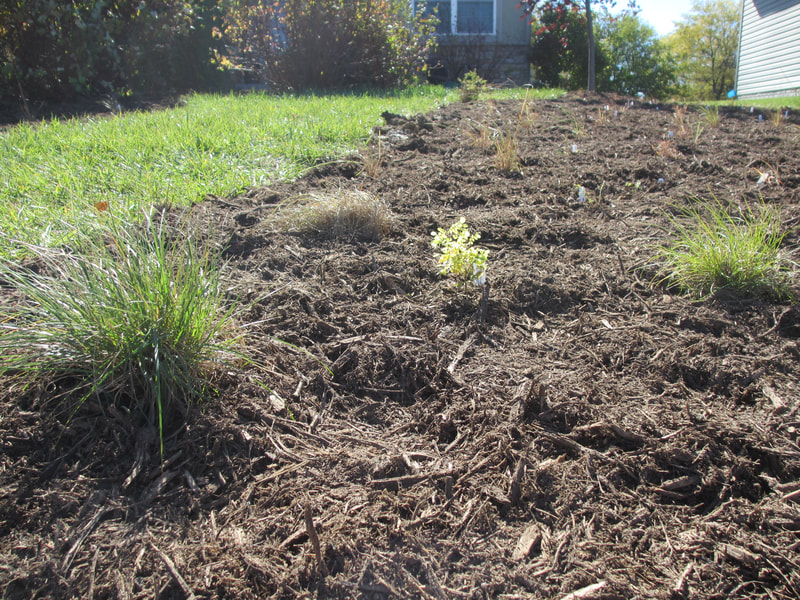
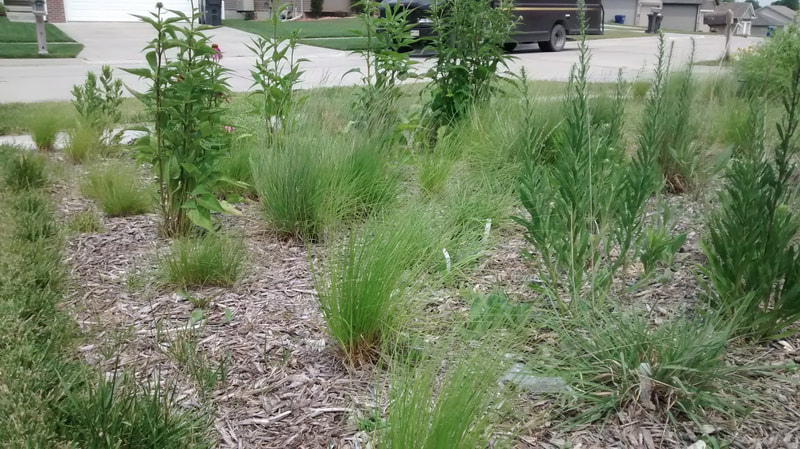
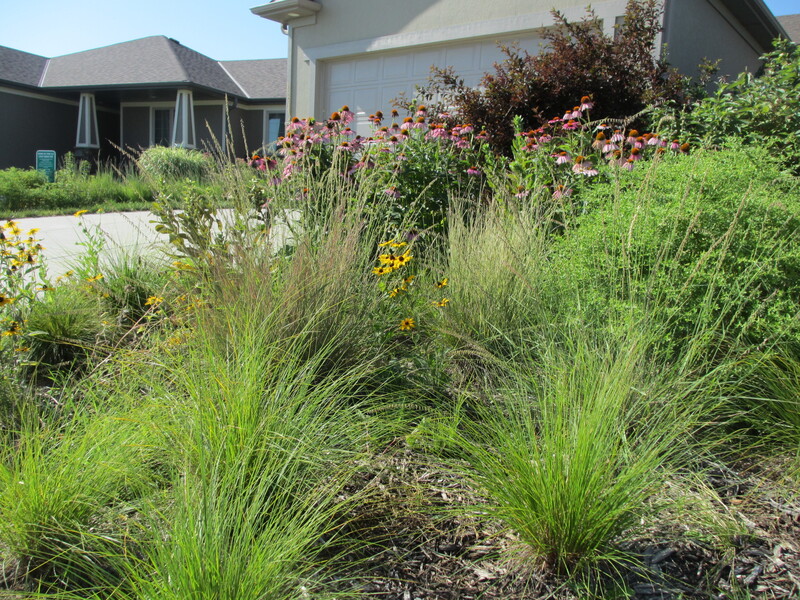
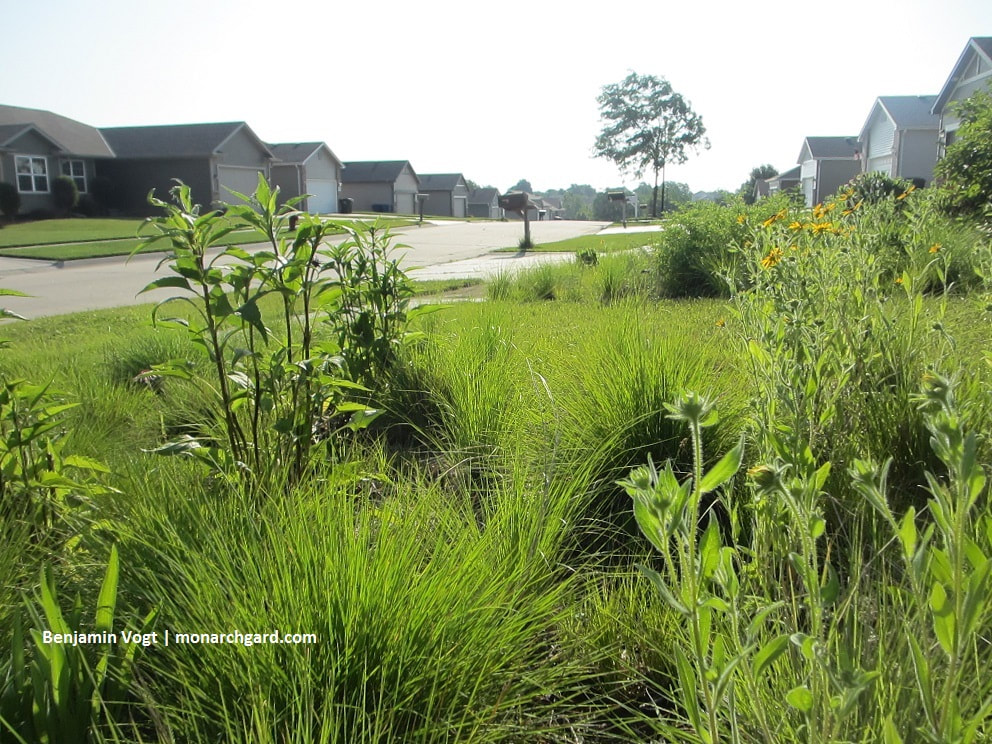
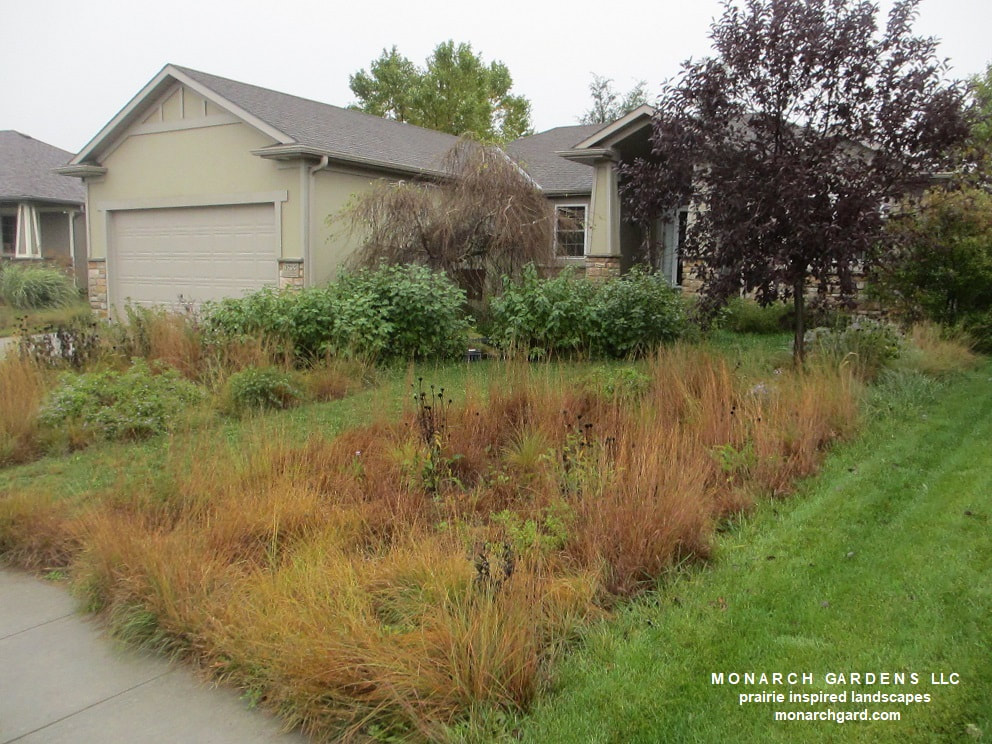
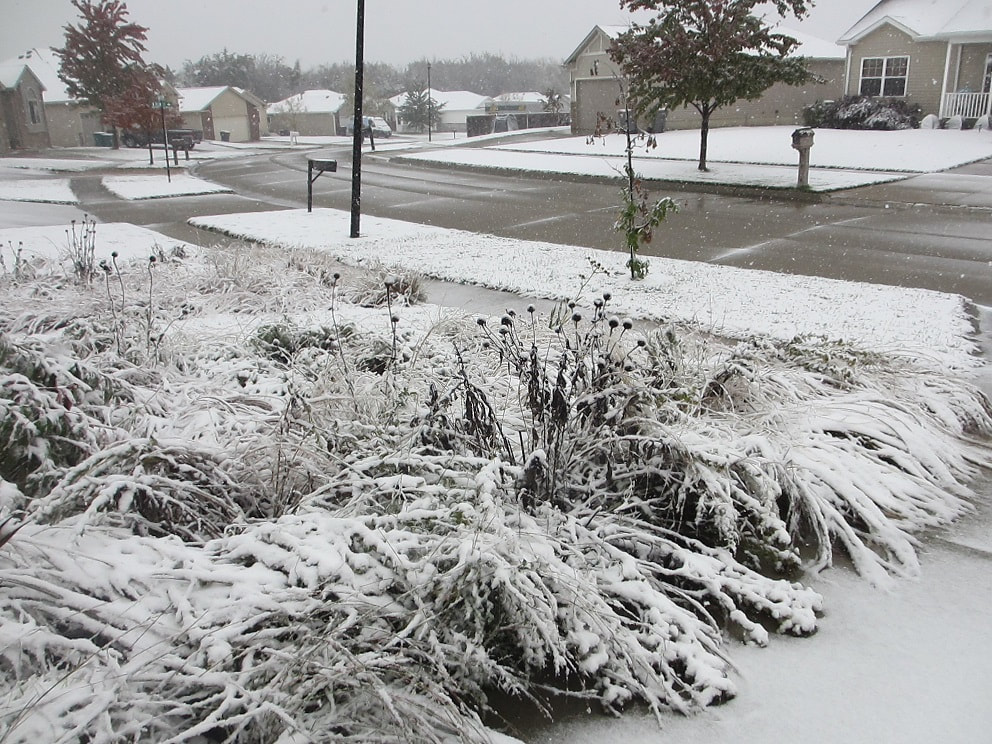
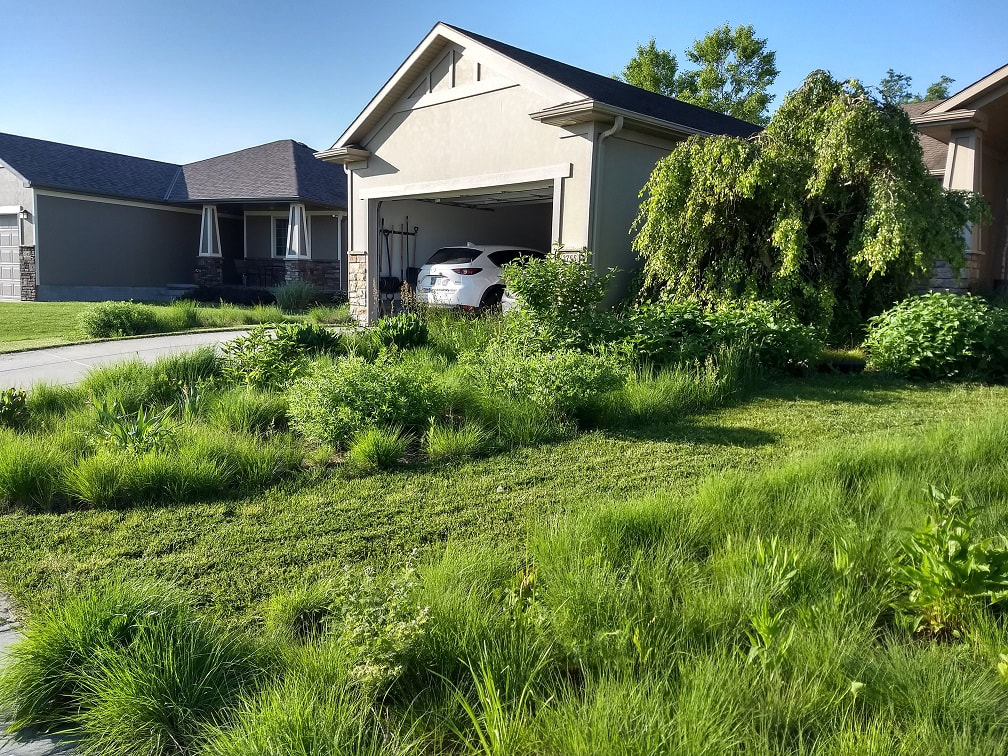
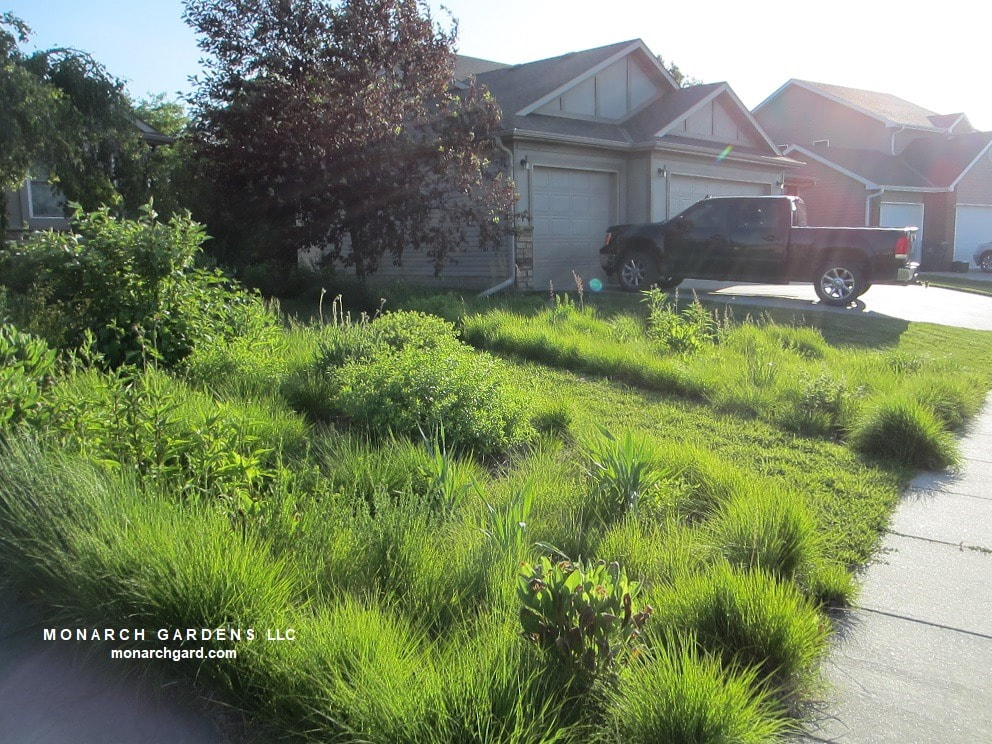
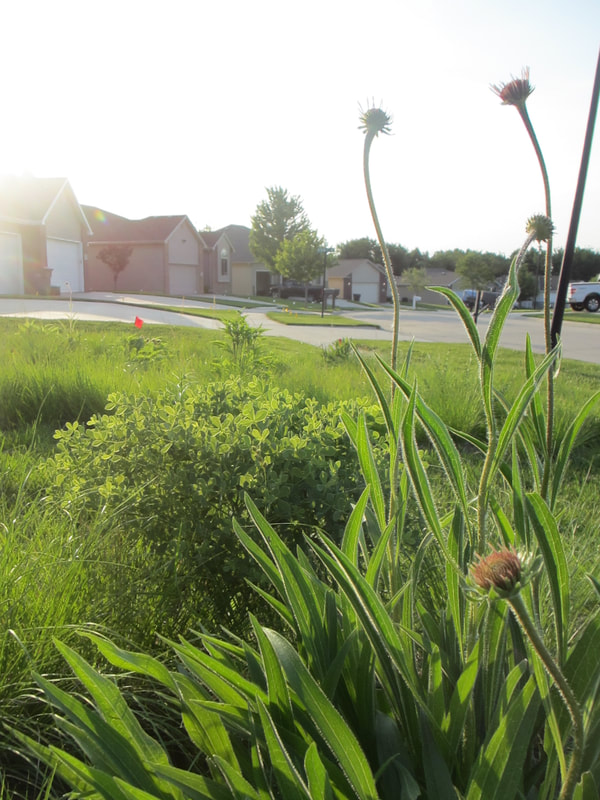
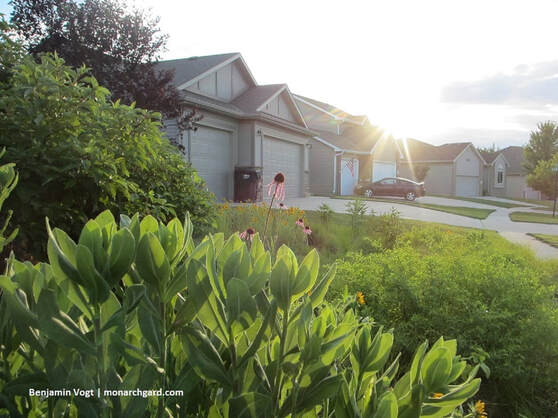

 RSS Feed
RSS Feed

